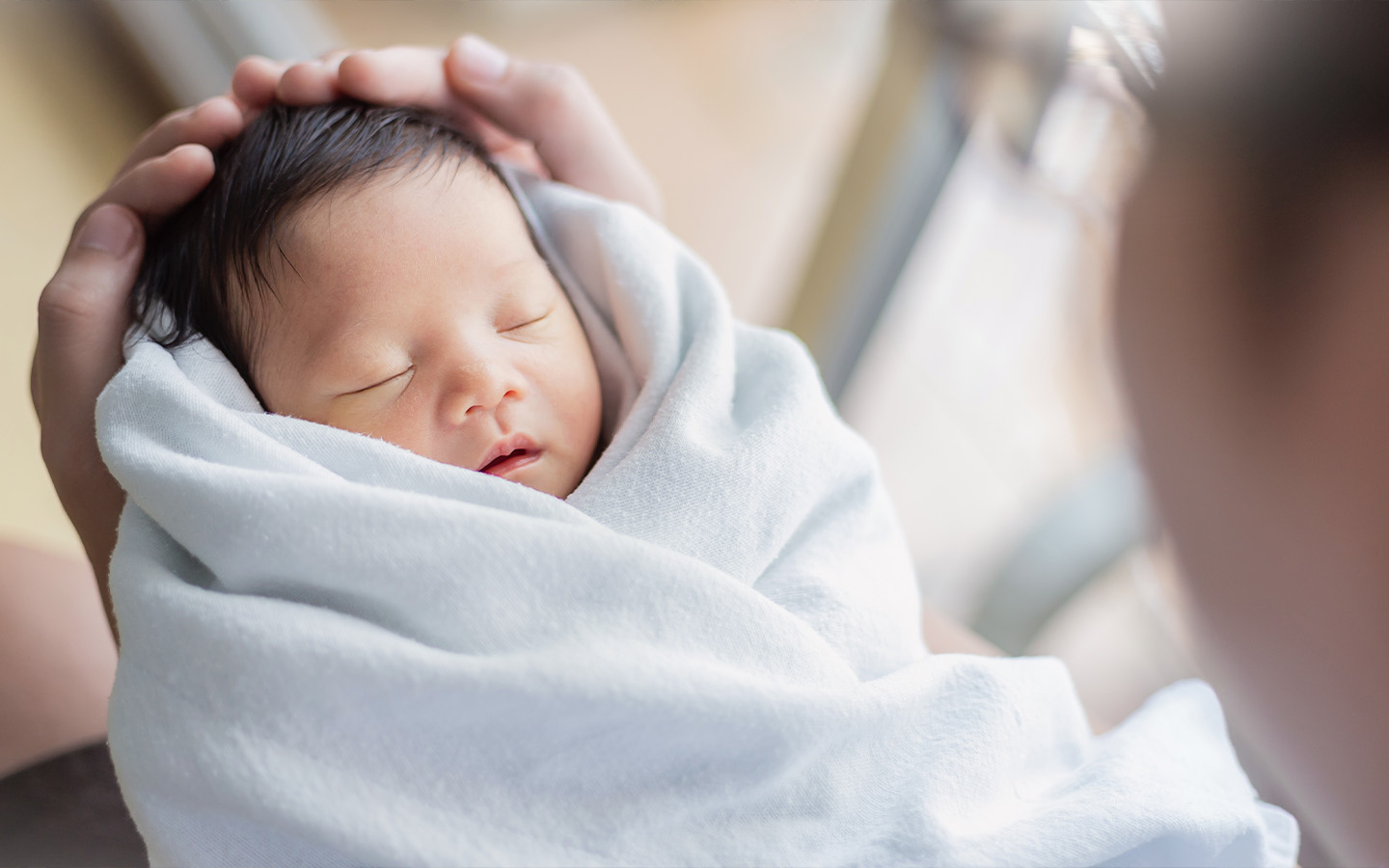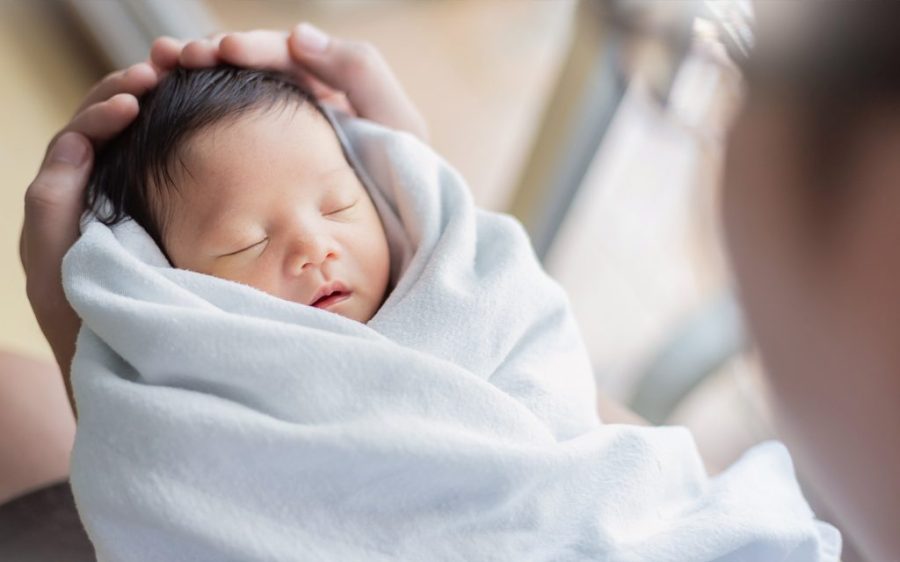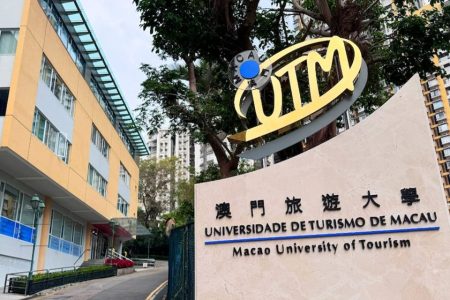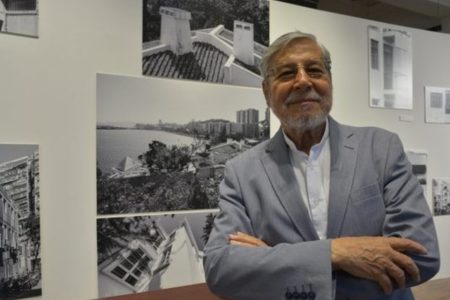In recent years, Macao’s very low fertility rate has become a major talking point in the city. There are fears that if the SAR fails to boost births, it could give rise to various problems, including labour shortages and economic pressures from an ageing population. In order to reverse this trend, the Macao government has outlined various measures, including a new childcare allowance scheme.
[See more: ‘Temporary’ childcare allowance aims to boost Macao’s declining birth rate]
“We hope it can assist families with infants and young children, while also boosting the birth rate,” the secretary for administration and justice, André Cheong Weng Chon, said during a press conference last month. “Our goal is for these measures to positively influence population growth.”
With the scheme due to start soon, now is the perfect time to find out more about this initiative, especially if you’re a local parent who currently has a young child in your care or is expecting to have one within the next two years.
Is my child eligible and how much money will they receive?
The current childcare allowance program is intended to benefit recipients for a total of three years. Children who are Macao permanent residents and born between 2025 and 2027 are entitled to a payment of 18,000 patacas per year (which works out to 1,500 patacas per month). In other words, these infants and young children will receive up to 54,000 patacas over the course of three years.
Macao permanent ID card holders whose birthday falls between 2022 and 2024 are also entitled to the payment, although their allowance amount will vary depending on the year of their birth. Locals born in 2022 will only receive one year’s worth of payment (18,000 patacas). Meanwhile, children born in 2023 will be eligible for two years of annual subsidies (36,000 patacas), while those born in 2024 will receive three years (54,000 patacas).
[See more: An increase in migrant workers offsets Macao’s falling birth rate]
Not all children who satisfy the birth and permanent residency requirements are eligible. Those who have been legally put under the care of a government-subsidised organisation or facility, or a guardian or staff member of such an organisation or facility, will not be covered by the scheme.
When and where can I start applying for the childcare subsidy?
Applications for the 2025 subsidy will run from 16 July 2025 to 30 June 2026. Parents of eligible children can make a submission through the Macao One Account app. Simply search for “childcare allowance” (育兒津貼) or “Serviços integrados de Nascimento” (出生一件事) using the search function and fill in the relevant details, including bank account information, address and child’s birth certificate.
[See more: A new government video to boost the birth rate is sparking an online backlash]
Alternatively, parents or non-parental guardians of a child may lodge an application at the Social Welfare Bureau’s four Social Service Centres.
How will the money be distributed?
The yearly childcare allowance will be transferred as a lump sum payment to the designated bank account within sixty days after approval of the application. Transfers can be made to all major local banks, including the Bank of China (Macau), Tai Fung Bank, OCBC (Macau) and Banco Delta Asia S.A.
Do I need to reapply for my child for the subsidy in the following year?
Children who are still eligible for the following year’s subsidy at the beginning of that year need not undergo any other formalities and will continue to receive their payment after the Social Welfare Bureau has verified the details.
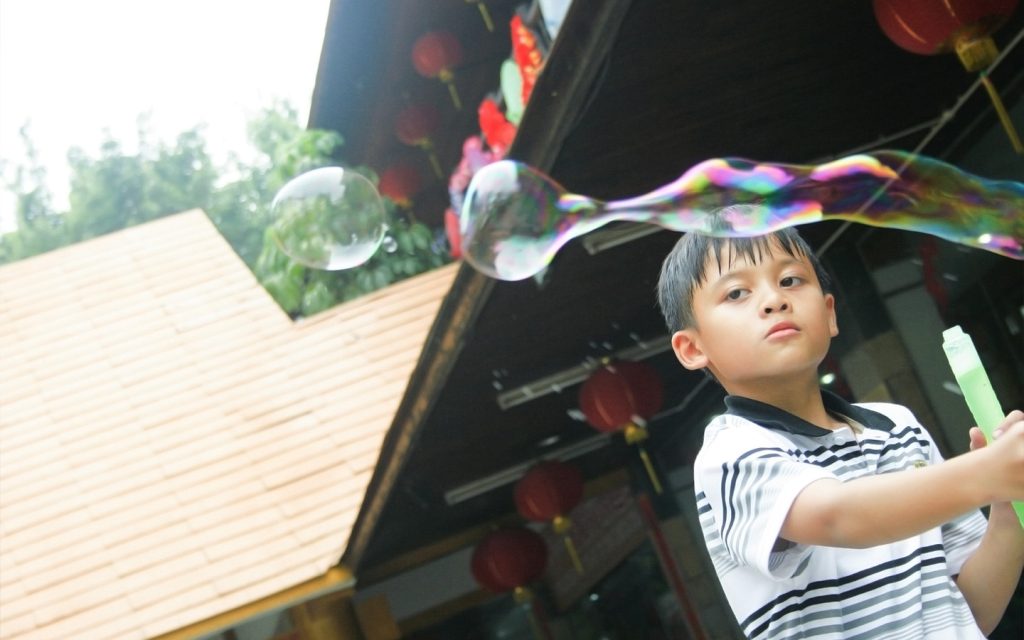
Where can I get more information?
For more information, contact the Social Welfare Bureau via email ([email protected]) or telephone (2859 6457 or 2822 5744). Applicants may direct queries to any of the Social Welfare Bureau’s Social Service Centres or the various family and community service organisations scattered across the city.
[See more: Macao’s birth rate is super low. This is how experts say we should fix it]
A website for the childcare subsidy scheme is also available, although the information is currently only available in Chinese and Portuguese. Copies of the printable application and authorisation forms can be found on it.
How many children will benefit from the current instalment of the child care subsidy?
Approximately 15,000 infants and children in Macao are expected to receive the 2025 installment of the subsidy, which has a budget of approximately 270 million patacas.
Is this measure permanent?
During last month’s press conference, the secretary for administration and justice, said the subsidy was intended to be a “temporary measure.” However, he stated that the allowance would not necessarily conclude after three years, as it would undergo analysis, study, review and optimisation during its current run, in order to allow for better implementation of the program moving forward.
What has the reaction to the subsidy scheme been like?
Parents of young children who recently spoke with TDM were positive about the subsidy program, although they questioned whether or not it would do much to lift the birth rate.
“I think the child care subsidy has no bearing on the question of having children,” one mother said. “But having the child care subsidy does help to alleviate some of the cost of living pressures. It’s like a bonus to me.”
[See more: How to boost Macao’s birth rate? The head of the Holy House of Mercy has ideas]
One father estimated that he spent about 5,000 to 6,000 patacas on his son each month and said that he was grateful to the government for introducing the measure, which he described as “helpful.” Nonetheless, the interviewee stated that if the government really wanted to encourage people to have more children, they should reduce the amount of balloting for subsidised nurseries and prioritise the enrolment of students who live nearby.
What other subsidies might be suitable for my child?
The Macao government also offers local residents a one-time birth allowance that was recently increased from 5,418 patacas to 6,500 patacas. For more information click here.
Financial assistance is also available for school-aged children, with the government offering tuition assistance, meal subsidy and a school supplies subsidy scheme for students who are from low-income families. To find out more, click here.
